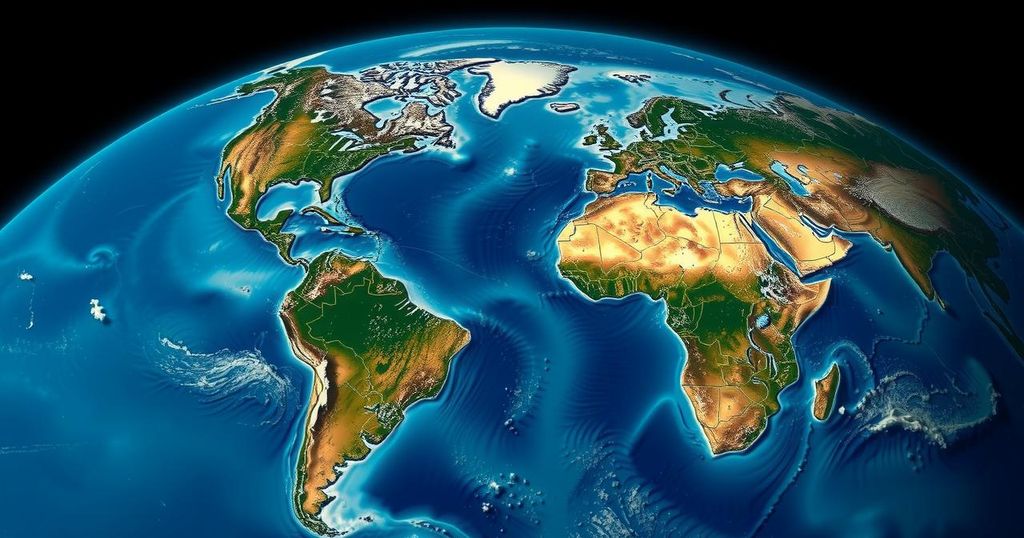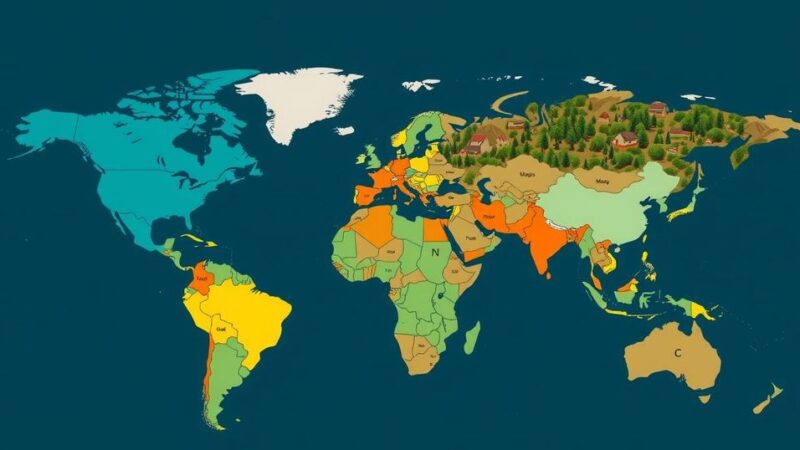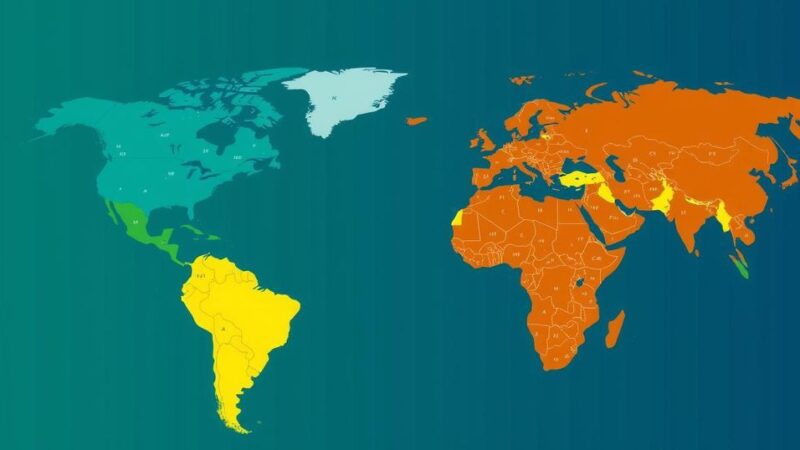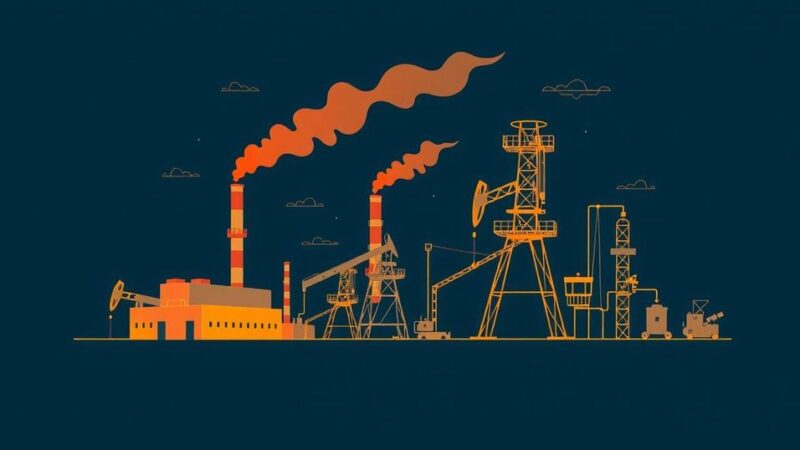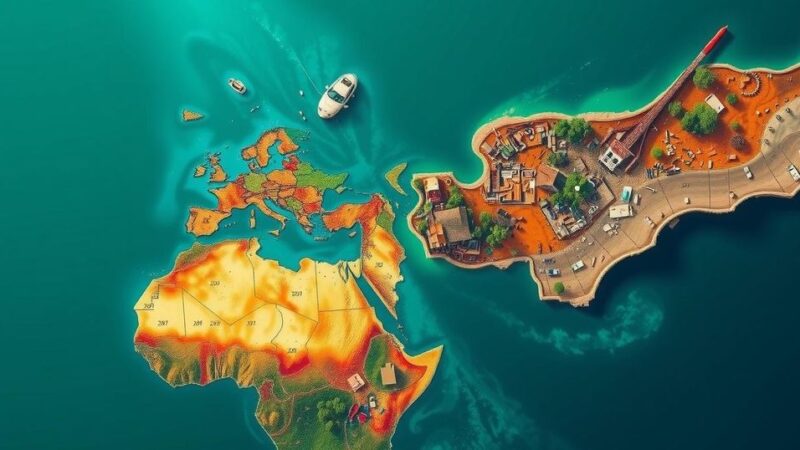Research indicates a sharp decline in global freshwater resources since May 2014, with a reduction of 290 cubic miles compared to 2002-2014 averages. Primarily due to climate change and increasing reliance on groundwater during droughts, this trend poses risks of famine and disease. Data from GRACE satellites reveal a concerning link to worsening climate conditions and suggest ongoing global warming may be exacerbating water scarcity.
An international collaboration of scientists, utilizing data from NASA and German satellites, has revealed a significant decline in Earth’s freshwater supply, beginning in May 2014. The study published in “Surveys in Geophysics” indicates that this decline may signify a prolonged dry period for the continents. From 2015 to 2023, it was found that freshwater stored in land bodies—including lakes, rivers, and groundwater—was approximately 290 cubic miles lower than the 2002-2014 average, equivalent to more than double the volume of Lake Erie. As drought conditions worsen, cities and agriculture are increasingly reliant on groundwater, perpetuating a cycle of depletion. With insufficient replenishment from rain and snow, these dwindling reserves threaten communities and agricultural systems, exacerbating risks of famine, conflict, and disease, particularly when contaminated sources are sought. Tracking these changes, the researchers employed data from GRACE satellites, which monitor Earth’s gravity to assess fluctuations in the water mass both above and below the surface. The onset of freshwater reduction correlated with extreme droughts in regions including Brazil, Australasia, and North America, attributed to climate phenomena such as El Niño. Despite the fade of the 2015-2016 El Niño, freshwater levels have not rebounded. The study identified 13 out of the 30 most intense droughts since 2015. The researchers suggest that climate change may play a role in this continued decline, as warmer air holds more moisture but also leads to longer dry spells, thereby complicating groundwater replenishment. NASA meteorologist Michael Bosilovich elaborated that “When there’s extreme precipitation, the water tends to run off rather than soak into the ground,” emphasizing that warming temperatures exacerbate both evaporation and the atmosphere’s moisture retention, intensifying drought conditions. Susanna Werth, a hydrologist at Virginia Tech, cautioned that it is challenging to establish a direct correlation between climate change and the depletion of freshwater due to uncertainties in climate modeling and data interpretation. The future trajectory of global freshwater levels remains unclear, with the study’s lead author, Matthew Rodell, expressing concerns that the current trend may be linked to ongoing global warming activities. Given that the nine warmest recorded years coincide with the freshwater decline, the study suggests this observation is not coincidental and may reflect future challenges in water availability.
The issue of declining global freshwater resources is increasingly critical, particularly in light of findings from sophisticated satellite monitoring techniques. Since 2014, significant observations indicate that Earth’s freshwater supply is diminishing, which may be linked to climactic conditions and human-induced changes in land usage. The systematic reliance on groundwater during extensive droughts emphasizes the adverse cycle of increasing water scarcity. Researchers propose that global climate conditions, including phenomena like El Niño, play a pivotal role in altering precipitation patterns, ultimately affecting freshwater availability throughout the globe.
In summary, the findings of the international study underscore a concerning trend of declining global freshwater resources since 2014, potentially indicating a shift towards prolonged dry conditions across continents. This depletion is exacerbated by increased reliance on groundwater amidst worsening droughts and may be further fueled by climate change. As experts continue to evaluate these trends, the implications for agriculture, community sustainability, and global water security remain grave, warranting proactive measures to address emerging water crises.
Original Source: www.businesstoday.in
